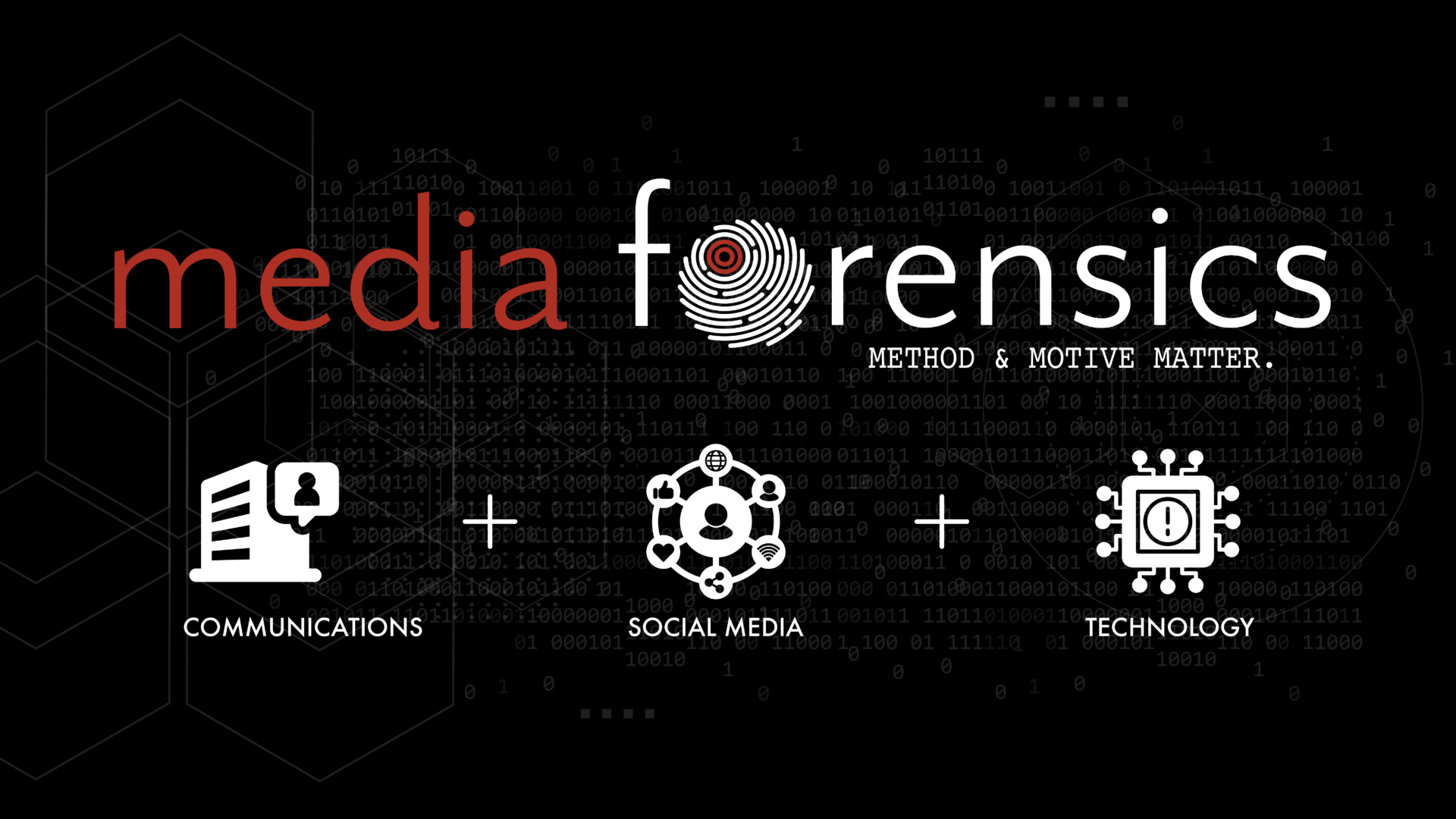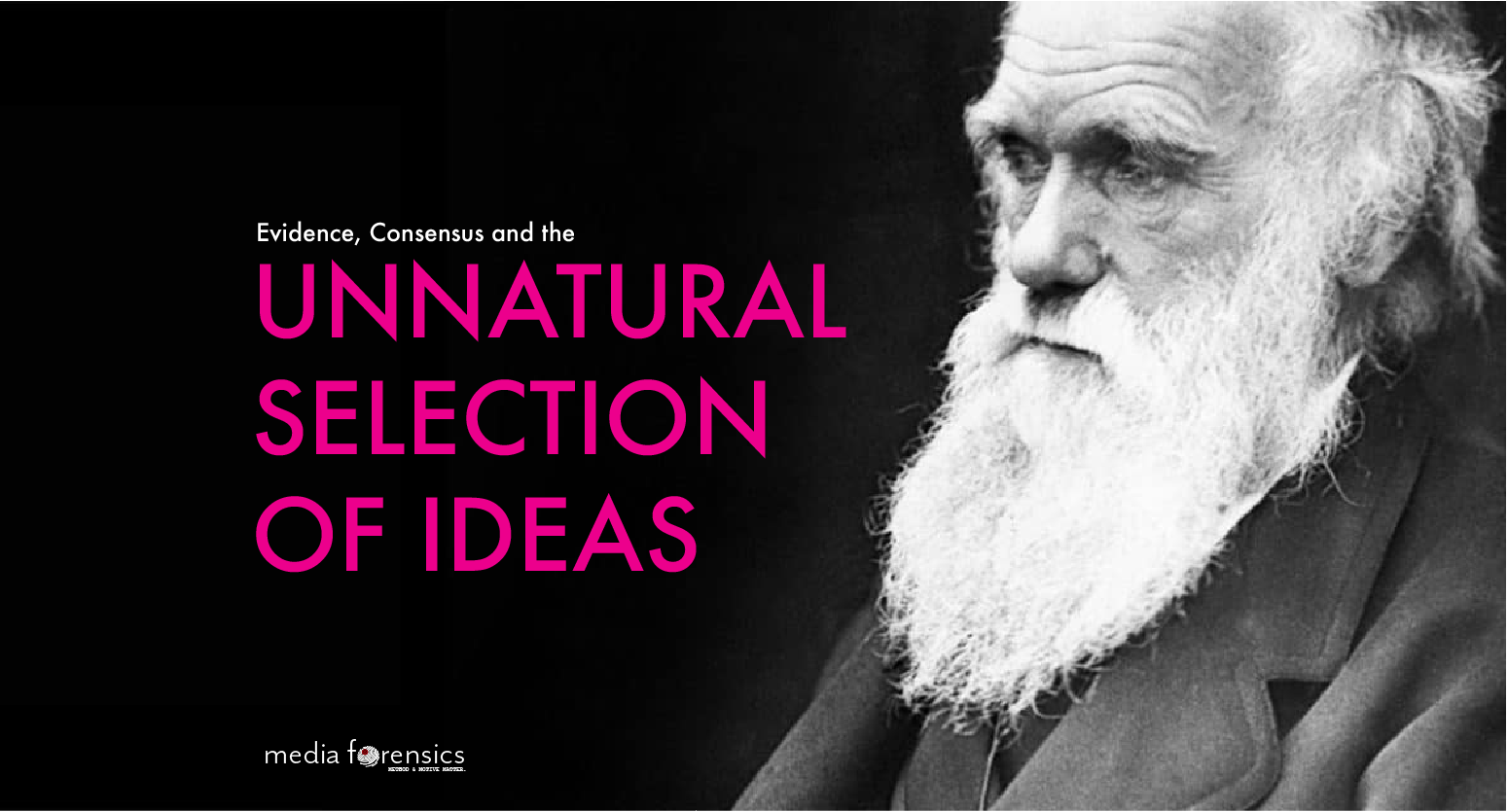Full transparency: as an English Major and Communications professional (i.e., neither scientist, nor psychologist) please file this under “poetic license.”
When life propagates, new, random genetic code is introduced into every iteration. This is how we developed eyeballs and eardrums: accidents happened that provided benefit and were allowed to pass on to subsequent DNA, then allowed to reproduce and adapt again and again. Fast-forward millions of years and most of us have the fortune of sight and vision. We’re all just happy accidents.
Happening in the background, of course, are millions of accidents that offer no benefit (or worse, are detrimental) to the survival of the species. The reason we don’t have three arms is not for some genes’ lack of trying, but rather because we’re better served by two.
However, we are more than physical creatures. We have evolved social features as well, where the collaboration between individuals is as important to our survival as any physical characteristic. In fact, ask yourself: having to choose between being born without a nose or living a life of complete isolation, which would you choose?
Our “social DNA” should not propagate bad ideas anymore than our DNA should propagate negative physical characteristics. But, today, that’s what’s happening: our social DNA has lost its ability to stop destructive ideas from multiplying. The combination of technology and social media enable this to occur by disrupting two of society’s vital tools used to assess information: evidence and consensus.
Imagine that one hundred years ago a small group of people believed locomotives were built by demons which were then delivered to the USA via the river Styx in a boat steered by Charlie Chaplin’s sister. The theory would have died quickly in a closed circuit of few believers due to a lack of evidence and consensus. Unlike today, one hundred years ago there would have been no technology in place to create fabricated “evidence” in the form of manipulated videos, images, data and content to support the claim; there would have been no infrastructure in place to share that “evidence” widely enough to create the illusion of consensus.
However, is the above Hell train story any more absurd than Jewish space lasers causing wildfires? Or vaccines carrying mind-controlling microchips? Like a defective aberration in the genome, these theories should not propagate widely for the simple reason that it does not aid in the survival of the species. But technology + social media circumvent society’s ability to stop the propagation of detrimental ideas; and once an idea metastasizes, the damage is almost always irreversible.
Factual evidence is easy to understand as vital in determining how to react to information. I see a house that is on fire; therefore, I conclude I should not go into that house. The problem today is that we can make it appear as if the house is on fire when, in fact, it is not. And vice versa.
Consensus is a more complicated animal. There’s a reason Donald Trump’s impeachment defense is not disputing the evidence of inciting the insurrection: it’s filmed, photographed, texted and tweeted to the gills. Instead, the defense is an effort to push consensus about how we feel about convicting someone who is no longer president. Consensus helps us determine what we believe to be true, and, like evidence, it’s destructive when corrupted. Brown University Professor of Psychology Joachim Krueger writes in On the Perception of Social Consensus (1998):
Humans, as social creatures, continually perceive others and predict what others think, feel, and, most importantly, what they will do … It is noted that social perceptions and predictions must be reasonably accurate to be effective. Perceptions of the social world can become destructive if they are grossly distorted. Perceiver’s own behavior, values, or their visual perspective uniquely affect their judgments.
In other words, if one can distort consensus, one can affect a person’s judgment and control a person’s actions. If I can make it appear that 10,000 people believe something is true by manipulating followers, views, shares and visits, I can change what a person believes to be real. When Sean Spicer told us the 2016 inauguration crowd was the largest audience to ever witness an inauguration, period, there was more in play than stroking his boss’ ego. Similarly, phrases like “People are saying,” “Everybody tells me” and “Everyone knows” work to serve the same purpose: shift perception of consensus to alter judgment and produce a desired action by a group of people.
Technology and social media have brought down fascist regimes, introduced life-saving efficiencies and inventions, saved thousands of lives in thousands of ways and, ironically, connected us together like never before in human history. But when false evidence and distorted consensus destroy our ability to address threats like climate change, an attack against democracy or a global pandemic, it’s not hard to see the cataclysmic impact it is having on the species as a whole.
So, what’s the solution? I’d need three arms and Charlie Chaplin’s sister to solve that problem.

